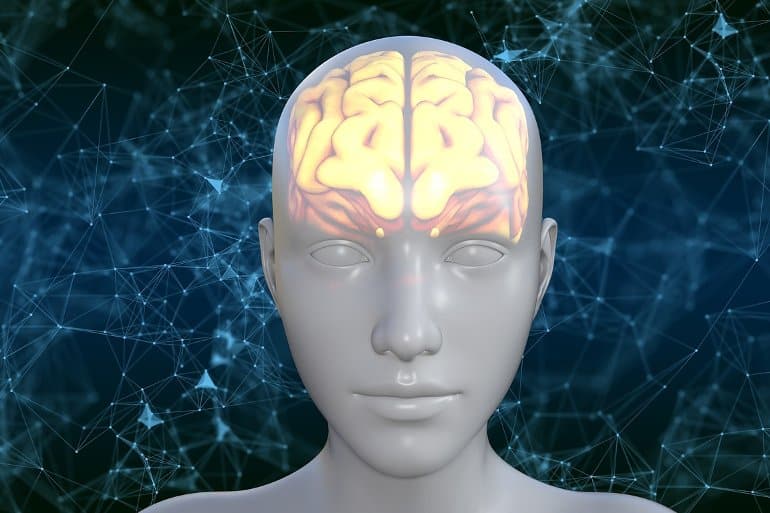New Framework for Analyzing Alzheimer’s Disease Identifies Not One Form, but Three
According to the commonly accepted model, Alzheimer’s disease is characterized by an ineluctable sequence, from the accumulation of toxic proteins in the brain to dementia resulting from neurodegeneration. While this deterministic sequence is sometimes true, it does not seem to be the case for all patients. Moreover, the disappointing results of recently marketed drugs have highlighted the need to reconsider this disease, which affects nearly 10 million people in Europe.
A European consortium of physicians and scientists, led by the University of Geneva (UNIGE) and the University Hospitals of Geneva (HUG), in Switzerland, which also includes INSERM in France, has analyzed the data presented in nearly 200 previously published studies.
Far from being a monolithic disease where the same causes produce the same effects, this analysis proposes a categorization of patients into three groups, each with its own dynamics. In addition, the research team calls for an increased effort to screen people at risk, in order to implement preventive measures as early as possible.
This work, to be read in the journal Nature Reviews Neuroscience, proposes a profound paradigm shift in the way Alzheimer’s disease is understood.
Alzheimer’s disease is usually described as a four-step sequence: a deposit of amyloid appears in the cerebral cortex, then hyperphosphorylated tau protein increases and aggregates in neurons. They then cause neurodegeneration, and finally cognitive decline, with memory loss as the first symptom.
The first drug targeting the deposition of amyloid plaques in the brain, approved a few months ago by the European and American regulatory authorities, has however proved relatively disappointing.
“Yet, if we consider Alzheimer’s disease as a sequential cascade of biological events, it should have been much more effective,” explains Giovanni Frisoni, Professor in the Department of Readaptation and Geriatrics at the UNIGE Faculty of Medicine and Director of the HUG Memory Centre, who directed this work.
“Stopping the production of beta-amyloid with a drug should logically interrupt neuronal loss and therefore memory loss, which has not been massively observed. Furthermore, we have found that some people with amyloid do not develop cognitive symptoms. What does protect their brain from neurotoxicity?”
Not one, but three diseases
To better understand why the deterministic model of the disease is found in some cases but not in others, the scientists conducted a systematic literature review, some articles of which tend to confirm this model, while others refute it.
“Our interpretive framework showed that Alzheimer’s disease is more complex than it appears,” continues Daniele Altomare, a researcher in Giovanni Frisoni’s group, who took part in this work. “Three groups of patients can be distinguished according to their risk factors, the characteristics of their disease and their clinical fate.”
Thus, the cascade prediction is only confirmed in one of these three groups, where patients carry an inherited genetic mutation known as “autosomal dominant.” Fortunately, this mutation is rare, as it leads to the systematic development of an early cognitive deficit (between 30 and 50 years of age).
In the sporadic form, the development of cognitive deficit symptoms differs according to the presence or absence of a genetic variation, the e4 allele of the APOE gene, which appears to be an important risk factor: two third of carriers will indeed develop, sooner or later, the symptoms of Alzheimer’s disease.

The third group consists of people without associated genetic mutation for whom the presence of neurotoxic proteins appears to be an important but not unique risk factor.
“Half of our patients belong to this third group,” emphasizes Giovanni Frisoni. “Our probabilistic model therefore suggests that all genetic and environmental risk factors should be considered. Cognitive impairment develops when their weight overcomes the resilience of the brain, which is itself determined by protective factors of genetic and environmental origin.”
As in the case of cardiovascular disease
In the case of patients with cardiovascular disease, preventing risks (hypertension, obesity, etc.) in people who have never had a heart attack or stroke results in a very significant reduction in the number of cases in the following years. In contrast, such treatment after a stroke or heart attack brings only minimal benefits in terms of recovery.
“In our view, the same reasoning should apply to Alzheimer’s disease: it is essential to treat people at risk before symptoms appear.”
Identifying people at risk has until now required expensive and invasive procedures such as positron emission tomography (PET) scans and lumbar punctures. But the recent development of instruments capable of detecting the presence of beta-amyloid and hyperphosphorylated tau in the blood is about to change this and could allow the inclusion of such screening in routine check-ups.
“Although patient management will not change overnight, a more detailed understanding of the biological mechanisms at work will make it possible to develop more precise research protocols that take into account the different forms of Alzheimer’s disease,” say the authors.
This analysis is in line with the work carried out by Professor Bruno Dubois at INSERM, co-author of this study, aimed at applying precise clinical diagnostic criteria.
“In the years to come, we hope to adapt preventive and therapeutic strategies to each individual, rather than according to a standardized protocol that has already shown its limits.”